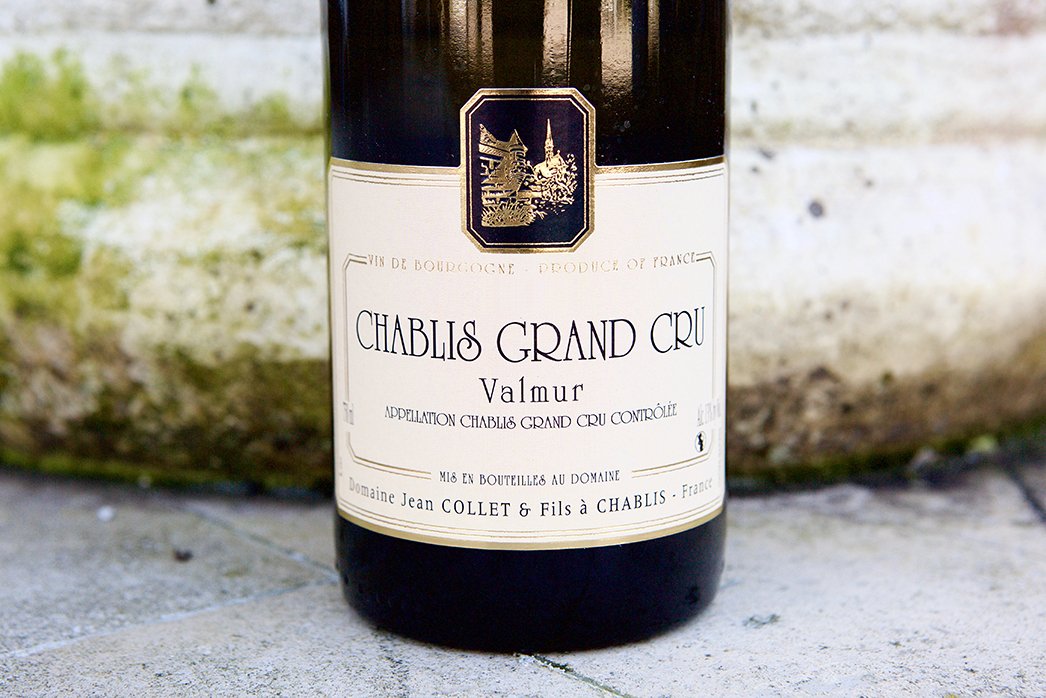
The style of wine crafted chez Collet is directed by the deep history with their family’s vineyard parcels, how they grow and how they’re different from each other. Each wine has something to say, and the Collets have taken the route of customizing their approach to exemplify the natural talents of their many different vineyards.
At the young age of twenty-one, the eccentric and fun-loving Romain Collet knocked it out of the park with his first vintage, 2008, which was also the first vintage we imported from their domaine. The foundation established by centuries of viticultural knowhow passed down through generations and Romain’s relentless curiosity and desire for improvement further set the stage for decades of inspired drinking from this domaine gifted with an average vine age of about fifty years. Romain pointed out that, “I am the luckiest generation. To have old vineyards like these to work with in my lifetime is something special, and it’s thanks to my grandfather, Jean.”
Organic viticulture is now part of the domaine’s practice under Romain’s direction. The two grand crus Valmur and Les Clos, the premier crus Montée de Tonnerre, Vaillons, Butteaux and Les Forêts have all been converted to organic farming, as well as a good portion of the Chablis AOC wine, where the organic viticulture conversions were first done. The rest of their vineyards are sustainable, lutte raisonée, farming with the intention of eventually having all the sites fully converted. (Read more about Domaine Jean Collet here.)
The first Chablis in the range, their village wine, comes from many parcels throughout the appellation, with a large portion from the backside of the Montmains hill, facing the premier cru hill, Vaillons. Were it not for its soft northern exposure, this vineyard section surely would’ve been a premier cru because it shares the exact same geology: kimmeridigian limestone marls with limestone and clay topsoil. This entry-level Chablis for the range over delivers for its price and classification. (Read more about the Chablis here.)
The premier cru Montmains is located on the left bank of the Serein River. This south-facing lieu-dit is likely the rockiest premier cru within Collet’s entire range. There is nearly nothing that sits between the Kimmeridgian marl bedrock and the vine roots, but an extremely shallow topsoil of clay and limestone rocks. The wine is aged exclusively in stainless steel tanks for eleven months and leads the pack with the most intense mineral impressions. (Read more about Montmains here.)
The vineyard for the premier cru Vaillons has an extremely high concentration of rock mixed in the topsoil with very little clay and organic matter—but still more clay than the neighboring cru, Montmains. The somewhat steep slopes reach higher elevations than Montmains as well, and its similar south-face brings the advantage in even ripening across the entire hill. The higher quantity of clay brings to it extra weight, and fills in-between its lines with a little more body. The wine is raised mostly in stainless steel with a smaller proportion in an old 85-hectoliter foudre, all to preserve its slightly angular dimensions. (Read more about Vaillons here.)
The most famous premier cru of Chablis is Montée de Tonnerre. The thin Fyé Valley separates it from the grand cru slope, and if it weren’t for some weakness in the bedrock that eventually led to the creation of this erosional valley in former times, Montée de Tonnerre would likely have been included in the grand cru classification. It shares nearly the same southwest aspect as the grand crus, as well as the deep marne (calcareous clay) that is mixed with Portlandian limestone scree and Kimmeridgian limestone marls that have been unearthed through time from the bedrock. This wine is fermented and aged in second- and third-year 228-liter French oak barrels. (Read more about Montée de Tonnerre here.)
Collet’s Chablis Grand Cru Valmur is a true grand cru in every sense. Their parcel is nestled high up on the slope near the top and faces slightly northwest, while the other main face of this vineyard sits opposite, facing south. It has relatively shallow topsoil (at least by grand cru standards) thanks to gravity. The vineyard’s altitude keeps it fresh, and that combined with its favorable aspect will give it an edge in the face of climate change. Because of its endowed mid- and back-palate weight and full finish, complexity, minerality and nuance, if a blind-taster got as far as pegging it as Chablis, it would be nearly impossible to not sense its breed as that of a grand cru. It’s fermented and aged in second- and third-year 228-liter French oak barrels. (Read more about Valmur here.)


